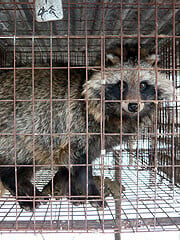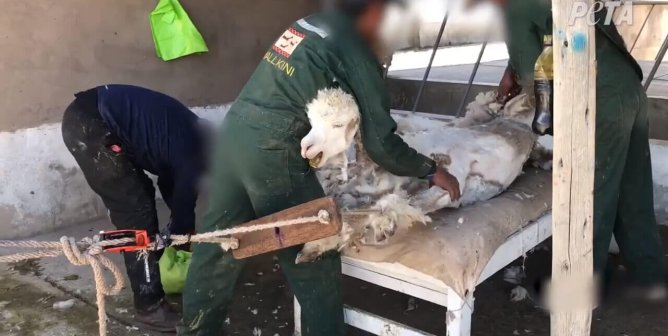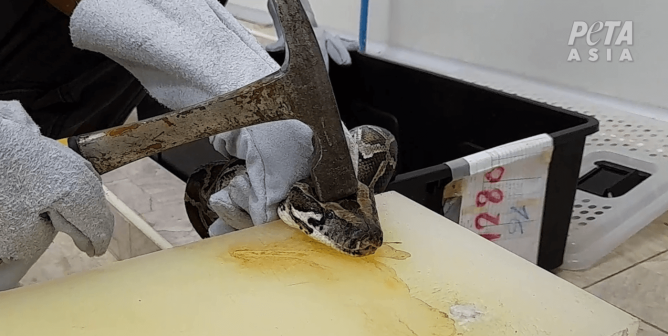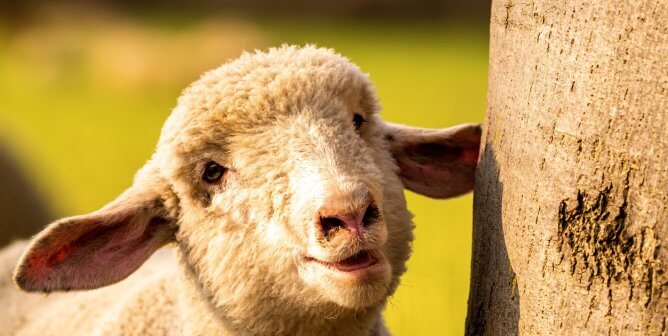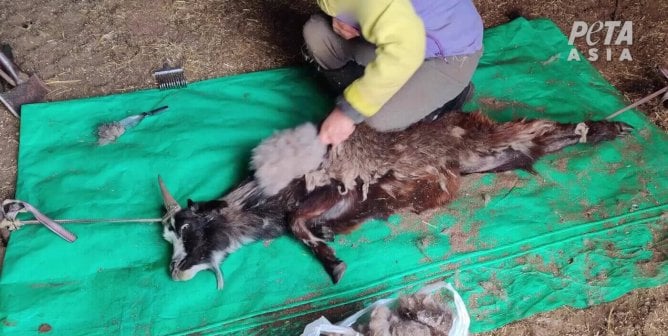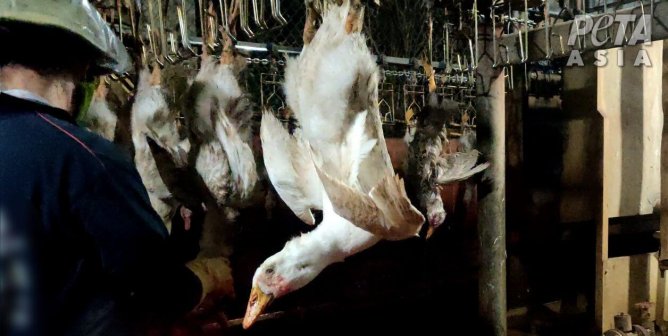Fur Farms
Eighty-five percent of the fur industry’s skins come from animals on fur factory farms—dismal, often filthy places where thousands of animals are usually kept in wire cages for their entire lives. As on factory farms where animals are raised for food, the methods used on fur factory farms are designed to maximize profits, always at the expense of the animals.
To cut costs, fur farmers pack animals into unbearably small cages, preventing them from taking more than a few steps in any direction or doing anything that is natural and important to them, such as running, swimming, making nests, and finding mates. Many animals go insane under these conditions. The anguish and frustration of life in a cage leads many animals to self-mutilate, biting at their skin, tail, and feet; frantically pace and circle endlessly; and even cannibalize their cagemates.
Rows of cages are often housed in giant, dark, filthy sheds or barns where the ammonia from the animals’ accumulated urine and feces burns their eyes and lungs, or they may simply be lined up outdoors, where animals have no protection from bone-chilling cold, driving rain, or sweltering heat. Parasites and disease run rampant on fur farms, making these animals’ already miserable lives even more unbearable.
Animals on fur factory farms are fed meat byproducts considered unfit for human consumption. Water is provided by a nipple system, which often freezes in the winter and can also fail because of human error.
Unfortunately, no federal humane slaughter law protects animals on fur factory farms, and killing methods are gruesome. Because fur farmers care only about preserving the quality of the fur, they use slaughter methods that keep the pelts intact but that can result in extreme suffering for the animals. Some animals even wake up while they are being skinned. Animals have clamps attached to or rods forced into their mouths and anuses, and they are painfully electrocuted. Genital electrocution—deemed “unacceptable” by the American Veterinary Medical Association in its “2000 Report of the AVMA Panel on Euthanasia”—causes animals to suffer from cardiac arrest while they are still conscious.
Other animals are poisoned with strychnine, which suffocates them by paralyzing their muscles with painful, rigid cramps. Neck-breaking is another common slaughter method on fur factory farms. The fur industry refuses to condemn even blatantly cruel killing methods.
As a consumer, you can help put an end to this cruel practice by refusing to buy any products made with fur, including fur trim. Sign PETA’s pledge to be fur-free today.
